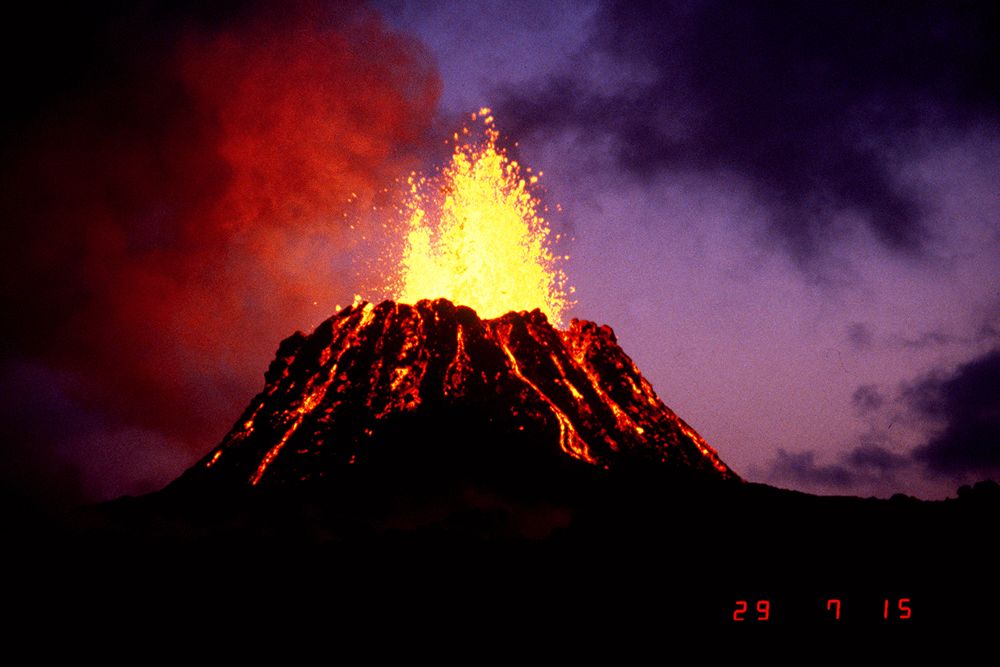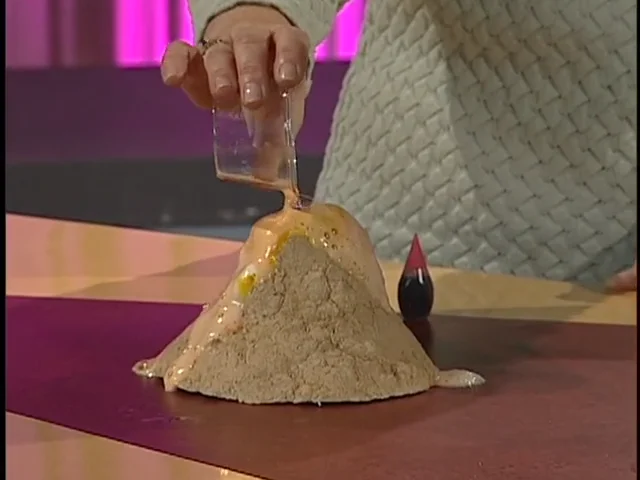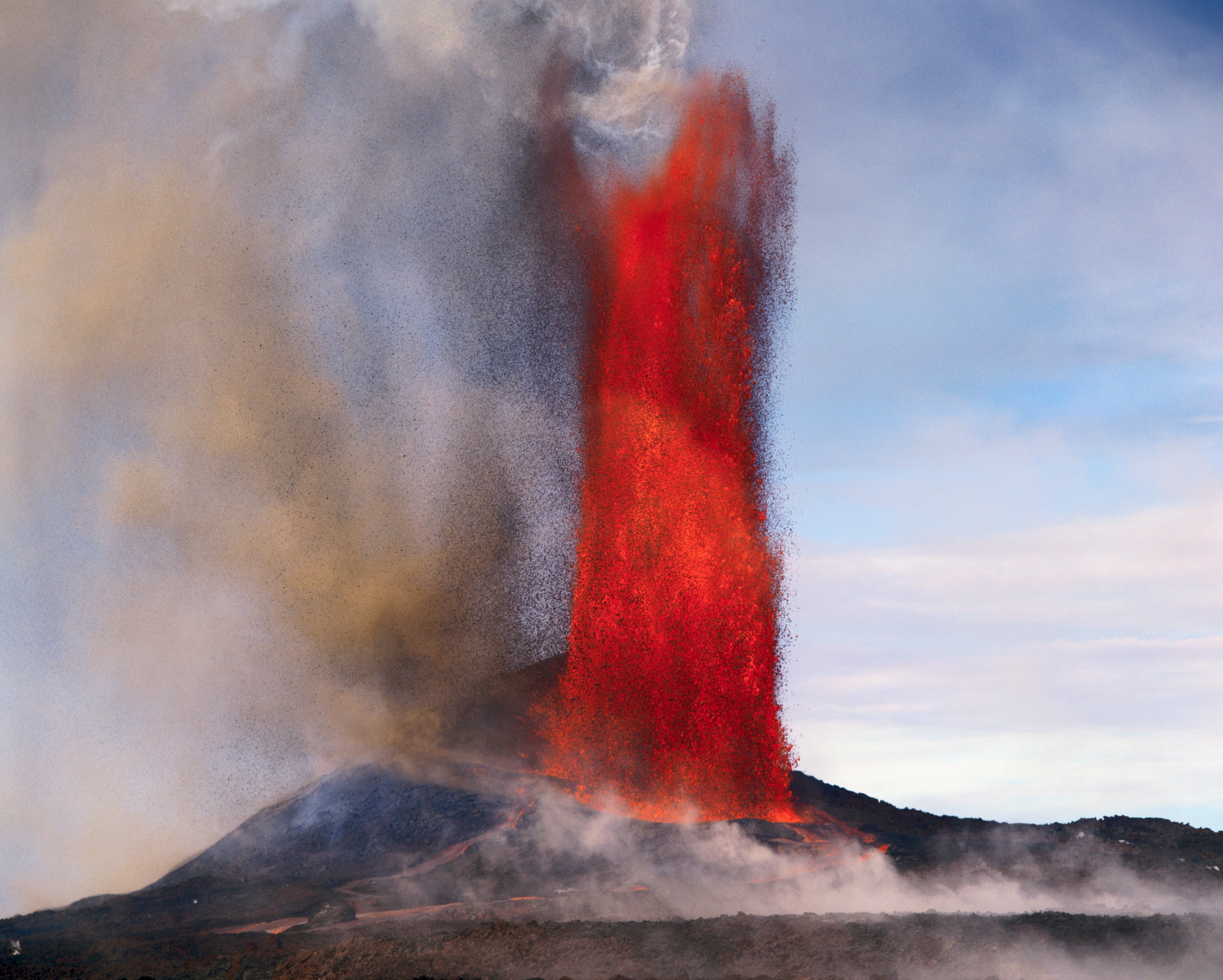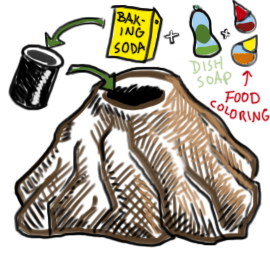Outrageous Tips About How To Build A Volcano Video

To view the next video in this series, please click here:
How to build a volcano video. Watch popular content from the following creators: Add the water and mix thoroughly. Measure out 2 tablespoons of baking soda and add these to the cup in your volcano.
For this baking soda vinegar volcano, tape the top of your tall plastic container to the side of your plastic plate. Place this cup into the volcano crater. Measure 1 tablespoon of warm water and pour it into the volcano crater (the top of the bottle or cup).
How do you make a homemade volcano video? Pour warm water into the volcano until it is 1/2 to 3/4 of the way full. Pour this mixture into your volcano.
Add 1 teaspoon arm & hammer baking soda into a small empty plastic. Put 2 tablespoons of baking soda into the volcano. Procedure (how to make the volcano):
Up to 10% cash back this is how to build a volcano by jonathan dueck on vimeo, the home for high quality videos and the people who love them. Make sure that the inside of the volcano. Add several drops of food coloring.
Cover the water bottle with something that will make it look like a real volcano. This helps the ‘lava’ foam up and. How do you make a volcano with vinegar and baking soda explode?
Quickly pour vinegar mixture into the How to build a volcano on vimeo why. Learn how to make an erupting volcano and do fun baking soda and vinegar science experiment for kids!
Discover short videos related to how to build a volcano on tiktok. And i want to see. Place the baking soda in an empty water bottle.
In a bowl, combine the bicarbonate of soda and washing up liquid. How to make a volcano diy science experiment!!! Add three to four drops of dishwashing detergent into the.
The plate serves as the base for your volcano. I want to get activities for ages. In a cup, mix together the vinegar and food.
/volcano-school-project-173047163-5804fe4a3df78cbc28a5f941.jpg)










/GettyImages-175499286-dd3fec20dc3f4bd39c018e6db097881c.jpg)






